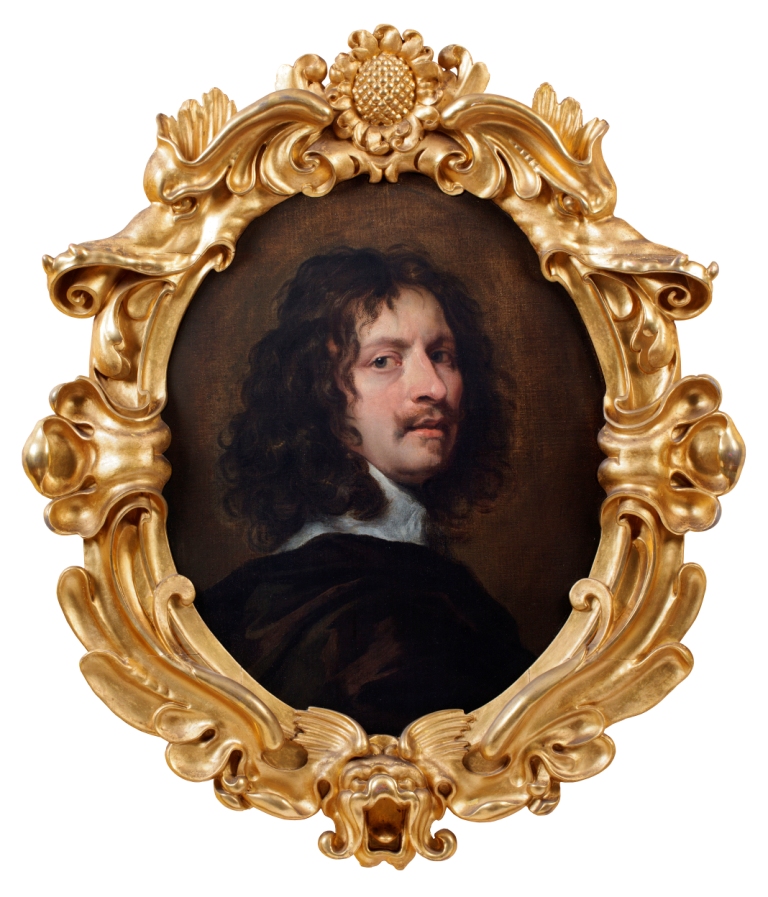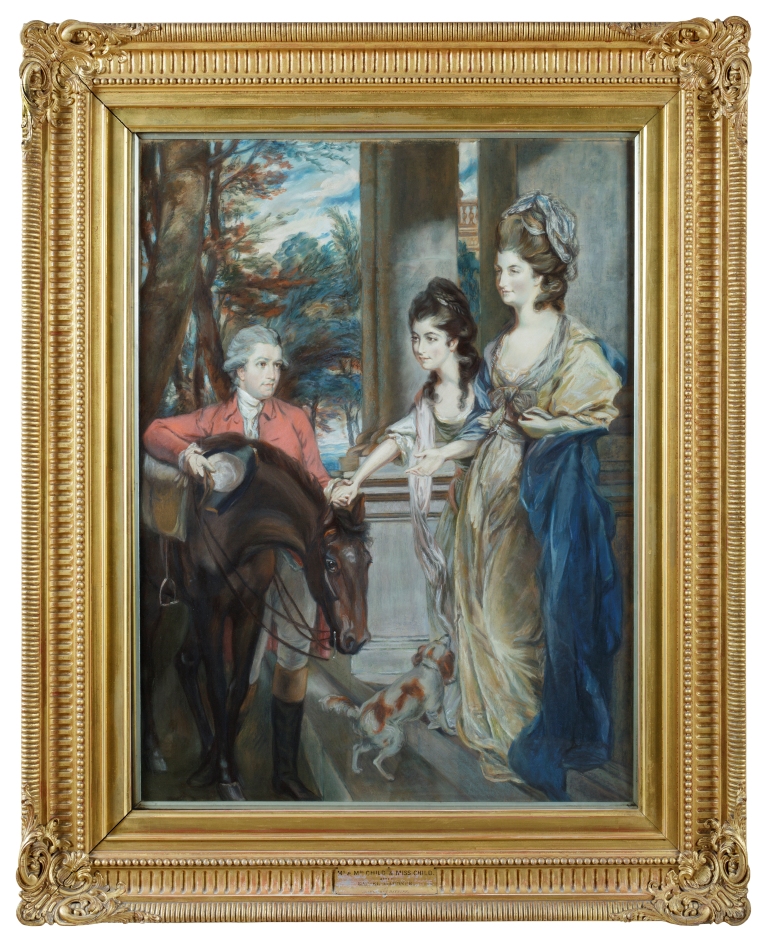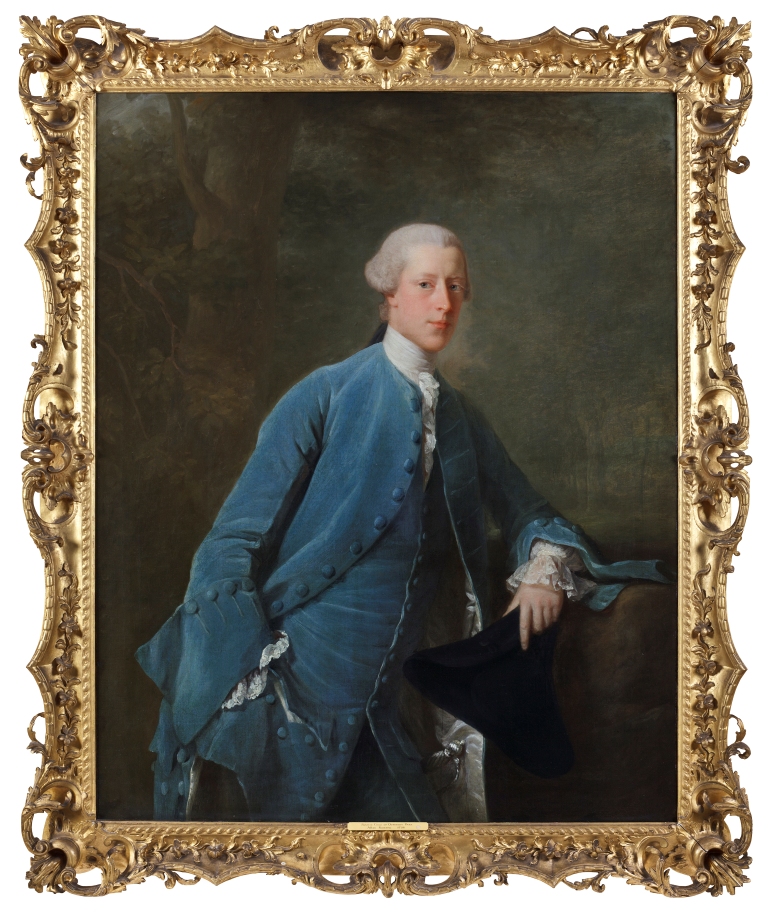An introduction to familiar faces by Claire Reed

William Dobson (1611 – 1646) self-portrait © National Trust / John Hammond
In 1856 the German art historian and Director of the Berlin Gemäldegalerie, Gustav Friedrich Waagen, arrived at Osterley Park House bearing a letter of introduction to the housekeeper. Waagen was granted access and inspected Osterley’s collection of art with the ‘utmost ease and liberty’, commenting upon works by Van Dyck, Rubens and Reynolds, and noting the array of portraits of the Child family which looked down from the walls.
In 2013, whilst hopefully enjoying a similar feeling of ease and liberty, the visitor to Osterley would have encountered just a single remaining portrait, a pastel of Sarah Anne Child set into a mirror in Mrs Child’s Dressing Room.
I have always felt the absence of Osterley’s portraits. The family of bankers who presided over Robert Adam’s transformation of the House should be present within its spectacular eighteenth century interiors. The paintings left the House shortly before its gift to the National Trust in 1949 by the ninth Earl of Jersey. In spite of this, the faces of the Child family are familiar, having littered the pages of Osterley’s guidebooks and interpretation… and this year the House welcomed them home.
In March Osterley opened with 44 new additions to the collection. These objects are on long-term loan from the trustee of the Earldom of Jersey Trust and include 24 paintings, of which many are portraits. The works have transformed Osterley’s interiors and the paintings look as though they have never left.

Portrait of Mr and Mrs Robert Child and their daughter Sarah Anne (date unknown) by Margaret Battine (after Daniel Gardner) © National Trust / John Hammond
Highlights include a portrait of Francis Child III (1735-1763), who commissioned Adam to work on Osterley, only to die shortly after this work began (image below). He is dressed in a blue coat so striking that in 1939 it was reproduced and worn by the ninth Earl of Jersey to a ball at Osterley.
On the early death of Francis his brother Robert inherited and lived at Osterley with his wife Sarah and daughter Sarah Anne. It is this family of three who oversaw the two decades it took Robert Adam to transform the House, and their group portrait has also returned with the loan.
However, perhaps the most celebrated of the works to return to Osterley is not a family portrait at all but a self-portrait by William Dobson. The portrait, together with that by Van Dyck which is currently courting public favour, was bought in 1712. A ‘Mr Child’ paid 20 guineas for the Dobson and 60 guineas for the Van Dyck in matching frames at the sale of the writer Richard Graham. Late nineteenth century photographs show the two paintings hanging as a pair above the doors in Osterley’s Drawing Room and it is to this room that the work by Dobson has returned.
Each of the portraits is intimately tied to Osterley and speaks to the history of the House and of the family which lived here. Walking through the rooms today Osterley’s stories are more vivid for their presence.

Portrait of Francis Child (1735 – 1763) by Allan Ramsay (1713 – 1784) © National Trust / John Hammond


